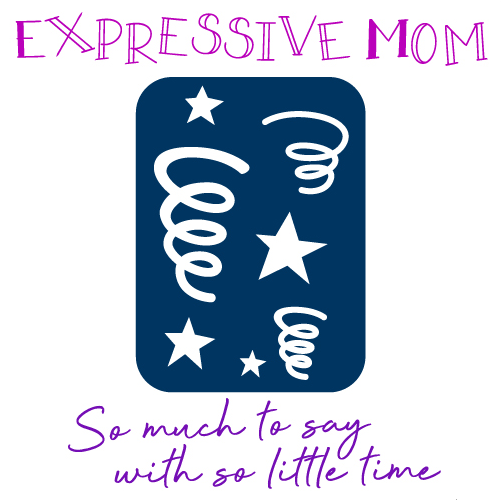Pexels photo by Andrea Piacquadio.
Exercise Tips For Beginners
Life can be hectic sometimes, making it difficult to focus on our health. Exercising isn’t always a priority with work, kids, school, and everything else on the agenda. Still, there are so many reasons why exercise should be at the top of your to-do list. From feeling better physically and increasing your energy levels to improving your mental well-being, the benefits of exercise go on and on.
Here are a few words of advice for those just setting out on a journey to wellness.
The Different Types of Exercise
Before getting into the specifics, let’s go over a few of the common types of exercise, such as:
- Aerobic. Also referred to as cardiovascular conditioning, “or cardio,” this form involves continuous movement to increase your heart rate and breathing.
- Balance or stability. Focusing on muscle strengthening and body coordination, Pilates, tai chi, and other balance exercises are great for improving core strength and overall body stability.
- Flexibility. Yoga is the typical flexibility training that comes to mind as it works to improve muscle recovery, increase range of motion and prevent injury.
- High-intensity interval training (HIIT). HIIT refers to a repetitive cycle of high-intensity exercise in short bursts followed by low-intensity exercises or rest periods.
- Strength. Resistance training, weightlifting, and sprinting are typical exercises used to help increase muscle power and strength.
These various ways to work out the body can be done one at a time or combined for a potentially greater impact. What’s important is to find which exercise or combination will work best for you. Remember, having fun and being engaged in your workout routine will help keep you motivated in the long run.
Getting Started
Whether you’re looking to lose weight, gain muscle or improve heart health, here are a few exercise tips to help get you started. The first is to check in with your doctor. Medical professionals may warn you against certain exercises based on your current level of fitness or pre-existing health conditions. They might also offer constructive advice on which workouts would be best.
Next, look for inspiration and workout ideas. Fitness magazines, social media, and other similar routes can be instructive and motivational. Just ensure the information comes from a trusted source, not some form of advertisement. Another route is to look for a personal trainer or reliable workout buddy with experience.
Once you know what you want to do, set your goals. Begin with small, achievable objectives and steadily increase them. For instance, day one should consist of a few exercises you enjoy in limited durations. If you go all out or do something you hate, odds are you’ll have trouble staying motivated. In other words, harder and faster are not necessarily better.
Other important tips include stretching first, drinking plenty of water, listening to your body, and remembering to leave time for a cool down. You should also put a lot of thought into what you’re eating. A balanced and nutritional diet will fuel your muscles before and after your workouts for optimal results.
Lastly, as you progress through your goals, keep a workout log. That way, you can see how far you’ve come after one month, six months, etc. Want to learn more about getting started on a healthy exercise regimen? Check out the accompanying resource for further information.
Author bio: Dan Borucki is an ISSA Personal Trainer at Apogee Fitness, a group fitness facility. He has more than 20 years of experience in the industry and holds various certifications in fitness and nutrition.
Graphic created by Apogee Fitness.




Connect With Me !